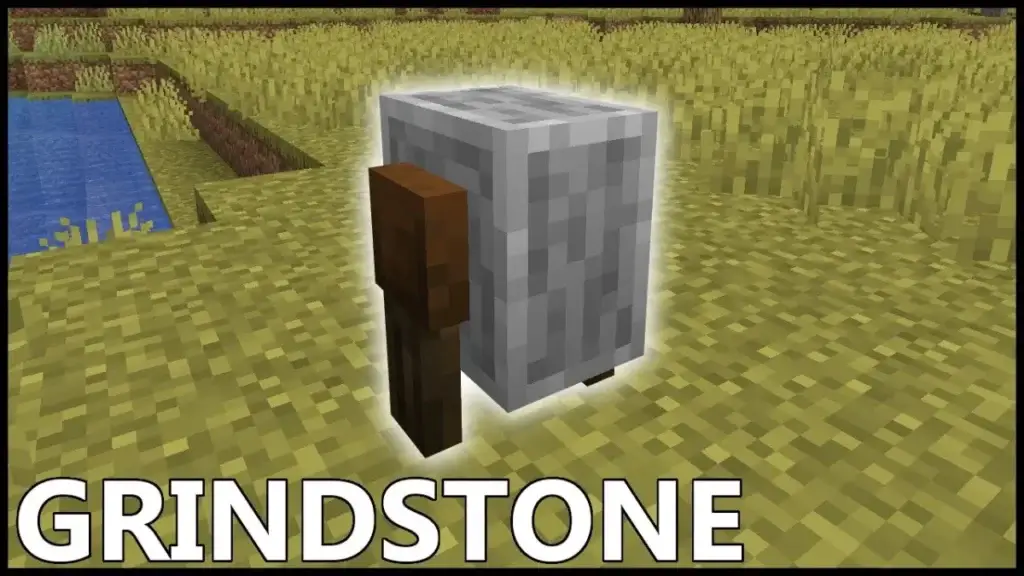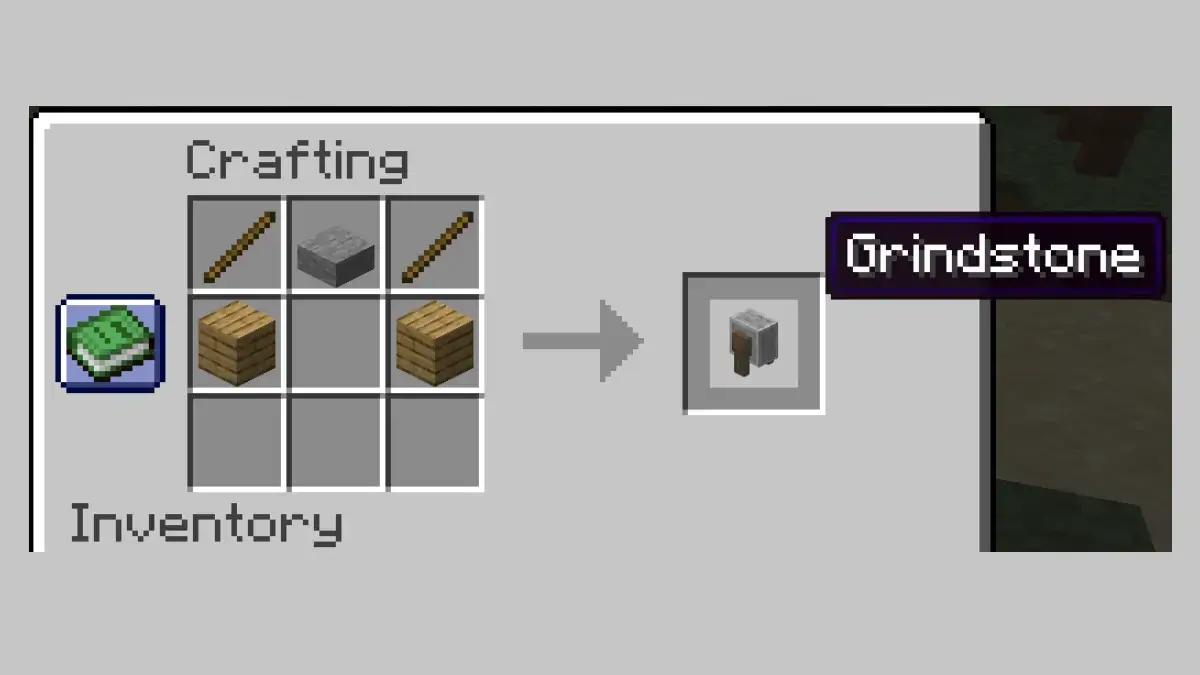What’s Inside
Removing unwanted enchantments from tools, weapons, and armor is simple once you know the right blocks and tricks. The most reliable method is the Grindstone, but there are a couple of other in-game ways to get back an unenchanted item — and a few important caveats to keep in mind. This guide explains how to remove enchantments Minecraft players use most often, with safe steps you can follow in both Java and Bedrock editions.
Use a Grindstone
The Grindstone is the go-to block for disenchanting. Place your enchanted item in one of the two slots of a Grindstone and the block will return an unenchanted version of the item plus a small amount of experience. The Grindstone removes all enchantments except curses (such as Curse of Vanishing and Curse of Binding). It’s easy to craft and also repairs tools when used with the correct materials.
Crafting and where to find a Grindstone
You can craft a Grindstone from two wooden planks, two sticks, and one stone slab at a crafting table, or find one naturally in village weaponsmith buildings. Because it’s inexpensive to make, most players keep one in their base for quick disenchanting.

Important exceptions & tips
- Curses remain: Curse of Vanishing and Curse of Binding cannot be removed by vanilla methods — only mods or commands can strip those. Plan around cursed gear accordingly.
- XP refund: Disenchanting in a Grindstone gives back some experience based on the enchantments removed; this can help you recover levels.
- Names persist: Removing enchantments does not remove a custom name from an item; renaming requires an anvil (costs XP) or commands.
When to disenchant vs. repair or combine
Disenchant when you want to reuse the base item without any enchantments (for example, to re-enchant differently or to get XP back). Use an anvil to combine or transfer enchantments when you want to preserve them; use the Grindstone if you want to wipe them clean cheaply.

